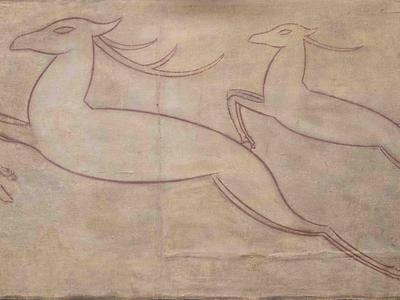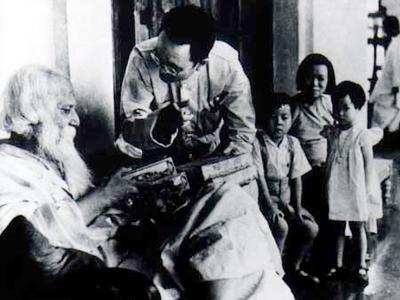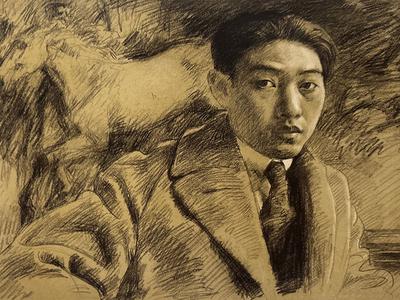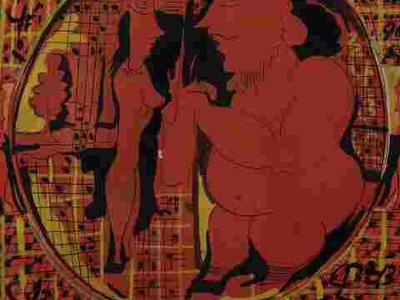Tale of Two Fathers
Xu Beihong, Jamini Roy, and a Possible Crossroad of Indian & Chinese Modernism The title of this note requires some explanation. Xu Beihong (Ju Peon) is widely regarded as the father of Chinese Modernism, while Jamini Roy is known as the father of Indian Modernism. (12) The works under discussion come from the estate of Jamini Roy, yet are believed to be by Xu Beihong, hence the framing as a “Tale of Two Fathers.”
Read More

















